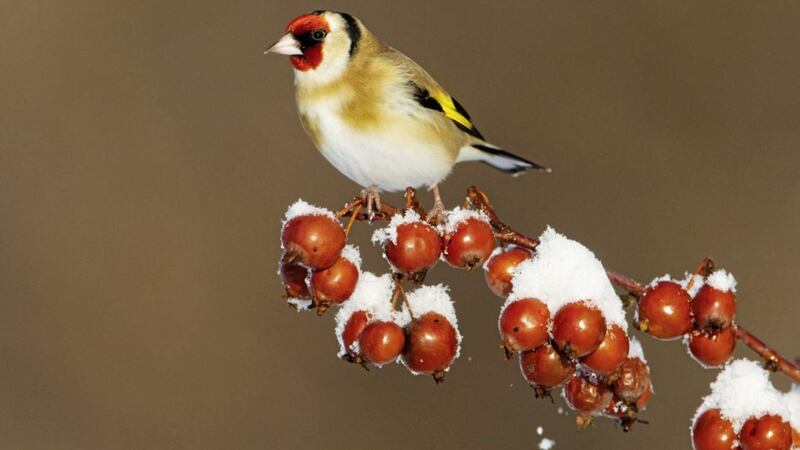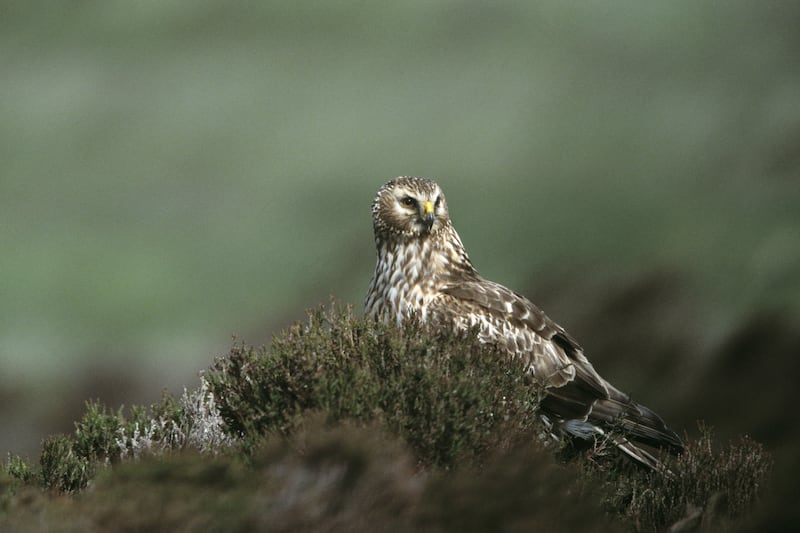MEMBERS of the public are being asked to take part in the world’s biggest wildlife survey, the Big Garden Birdwatch, run by the RSPB.
The survey – a fun and educational activity which the whole family can enjoy together – has been running for 39 years. The idea is that people count the birds that visit their garden to help create a 'snapshot' picture of bird numbers across Northern Ireland.
?This information, which could never be gathered without the help of more than half a million amateur birdwatchers across the UK overall, allows conservation scientists to find out about the lives and behaviours of garden birds.
?Registration is now open and getting involved couldn’t be easier – you can even go to your local park if you don't have a garden. Just spend one hour counting the birds you see at any time from Saturday to Monday January 27-29. Even if it’s too chilly to go outside, you can take part in this citizen science project indoors in your pyjamas. Children can also get involved by counting the birds that visit their school grounds.
Last year, in Northern Ireland alone, of 127,078 birds were counted; starlings were the birds you spotted most (followed by house sparrows and chaffinches).?
:: See rspb.org.uk/birdwatch; teachers can register at rspb.org.uk/schoolswatch
Mapping persecution
MAPS showing birds of prey persecution are being published to help police focus enforcement efforts on incident hotspots. The maps show the number of shootings, trappings, poisonings and cases where nests have been destroyed across England and Wales between 2011 and 2015 and will be updated annually.
In the five-year period there have been 262 incidents in England and Wales, including 146 shootings and 66 poisoning cases. Buzzards were most commonly targeted, in 108 cases, followed by owls, red kites and peregrine falcons, the maps show.
The government said persecution of birds of prey has been identified as a UK wildlife crime priority. The maps were developed by the Raptor Persecution Priority Delivery Group.








